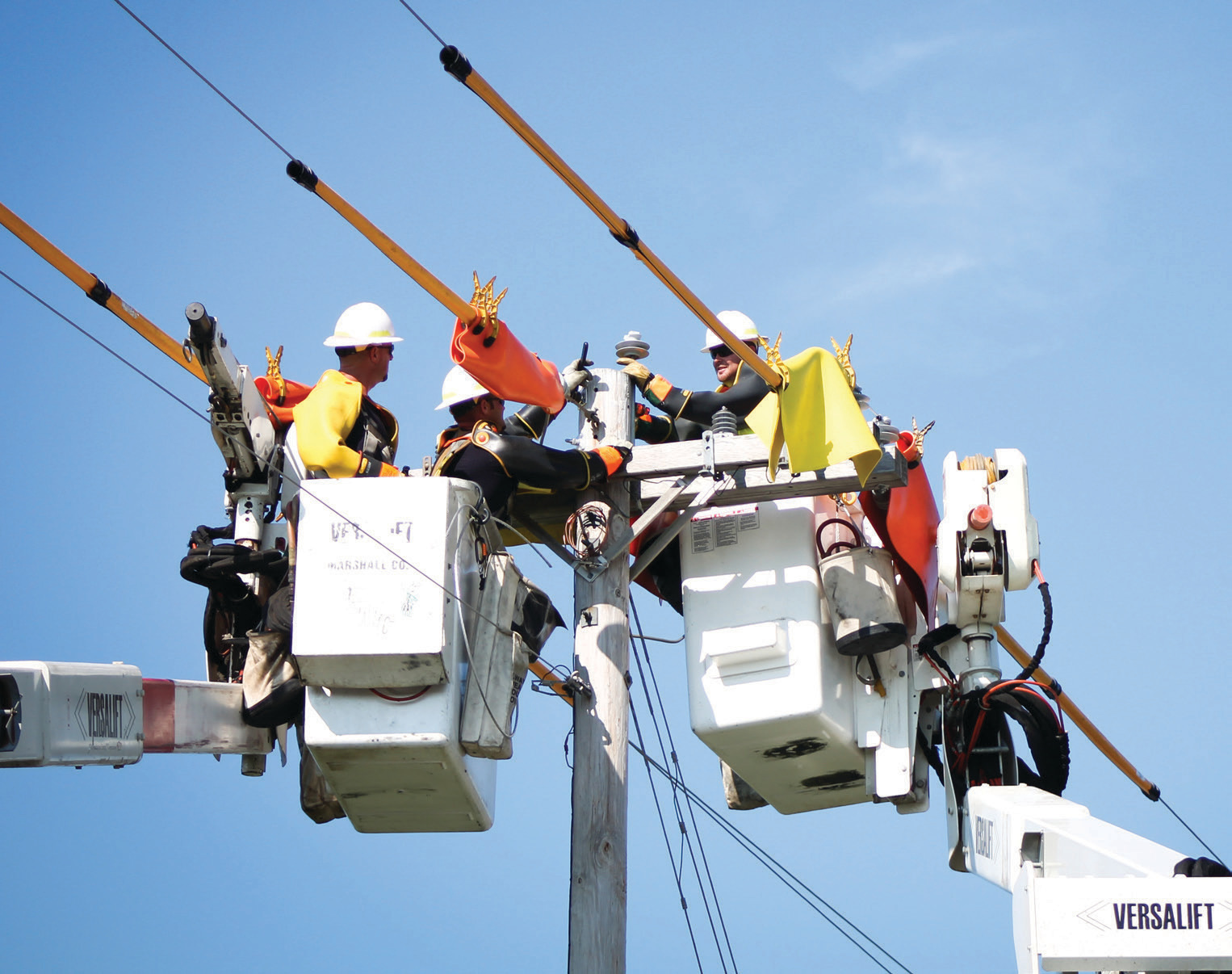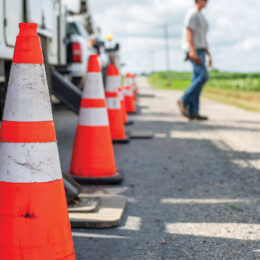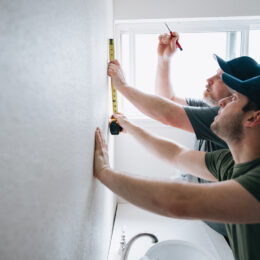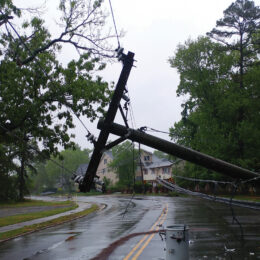
An estimated 150 million wood poles form the backbone of the nation’s electric grid, supporting the delivery of electricity and telecommunications across America, says Osmose, a nationwide utilities services company. Wood remains the preferred material for poles because of its durability, strength, low cost, and availability.
But like most things, wood can weather and weaken. That’s why Indiana’s electric cooperatives periodically assess each wooden pole bringing power to consumers.
“Pole testing is really a piece of a co-op’s hazard recognition program,” said Jon Elkins, vice president of safety, training and compliance at Indiana Electric Cooperatives. “We need to know if poles are bad, so we can replace them. You never want a pole to break and fall on someone or bring down live power lines. Along with safety, inspection helps maintain reliability.”
While some signs of pole damage are obvious, and lineworkers are trained to always knock on a pole with a large hammer or mallet to test for its soundness before climbing, Elkins noted that utilities often have third-party contractors perform methodical inspections. If the contractors find something, they have the expertise to repair and maintain the pole to prolong its life or will recommend replacement.
Consumers, especially where rights-of-way and poles may be remote, should be aware that, on occasion, they may see a crew digging around and knocking on poles. Crews working for a co-op will always have identification on their truck or on themselves and wear hard hats and vests or similar gear. If in doubt, the consumer should call the co-op office to confirm the work in their area. If a consumer sees a group of individuals not wearing logo gear or acting suspiciously around poles, the group actually might be copper or metal thieves stealing wire from the side of the pole. Co-ops warn consumers never to confront these individuals but to call the police.
Elkins said the expected lifespan of a pole is about 20 years. “If you get 30 or 40 out of it, that’s great.” He also noted that consumers can help by letting the co-op know if a pole serving their home or farm is showing signs of damage. “They might notice big woodpecker holes, or if there’s an animal condominium in the pole — that’s never good. Or if the pole is leaning when it didn’t used to — that’s an indication it’s compromised at ground level or just below.”
“A pole is there to keep electricity and the infrastructure away from the public,” added Elkins. “And when that pole is compromised, you run the risk of the public and electricity coming in contact with each other. That’s something we want to prevent at all costs.”



